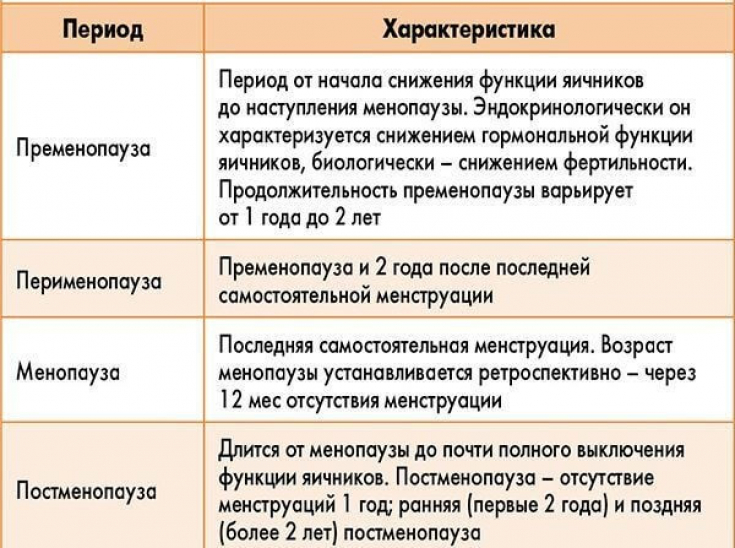Age-related fading of the hormonal function of the ovaries leads to changes in many metabolic components, causes complex changes that require good adaptive capabilities of the woman's body.
Many women already perimenopause experience adverse metabolic changes such as:
- weight gain;
- lipid and carbohydrate metabolism disorders;
- endothelial dysfunction, in which vitamin D deficiency may play a role;
- pathology of the digestive tract;
- thyroid dysfunction.
Read about how to reduce the risk of complications and pathologies of the musculoskeletal and cardiovascular system during menopause on estet-portal.com
- Impaired phosphorus-calcium metabolism during menopause
- Causes of osteoporosis during menopause
- Approaches to Prevention of Osteoporosis in Menopausess
Violation of phosphorus-calcium metabolism during menopause
According to world statistics, in the field of healthcare in the countries of Eastern Europe, compared to all countries of the continent, the highest mortality from coronary artery disease. The risk of mortality from coronary artery disease and its consequences is especially high in women aged 50 (46% and 31%, respectively).
Follow us on Instagram!
Women over 50 years of age are 10 times more likely to die from coronary artery disease than from breast cancer, hip fracture, and 20 times more likely than from endometrial cancer.
What should be considered when prescribing hormone replacement therapy?
The problem today is the interpretation of the pathophysiological aspects of the formation of osteoporosis and atherosclerosis in the same patient as independent processes. At the same time, the facts studied are not taken into account: at the tissue level, both processes start almost simultaneously and always include significant metabolic disorders and calcium, and vitaminson D3.
Causes of osteoporosis during menopause
Large clinical trial data, including 25 years of follow-up from the Framingham cohort, show a strong association between arterial calcification and osteoporosis in both women and men.
A study of intimal wall thickness and lumbar bone density in 2,000 individuals showed that intimal wall thickness (an indicator of progression of atherosclerosis) is inversely proportional to bone density, reflecting the state of the body's calcium depot.

As established by studies that study the problem of osteoporosis during menopause, an important task of calcium metabolism is the constant renewal of bone tissue, which helps to maintain it at appropriate strength parameters and replenish the reserves of this important macronutrient.
In osteoporosis, an imbalance is formed between the formation of new bone tissue and resorption (calcium loss) of the bone.
Atrophic colpitis: hormone replacement therapy of the disease
The peculiarity of the menopausal period, namely − estrogen deficiency, mismatches the interaction of osteoblasts and osteoclasts and, in turn, accelerates bone loss, forming the preconditions for the development of
As you know,
bone tissue− it is a depot and the main organ of calcium mineral metabolism, from where it is washed out if necessary. However, its level in blood serum depends on its absorption in the intestine, filtration and absorption by the kidneys.
These complex processes are regulated and controlled by:estrogens and other corticosteroids;
- somatotropic hormone;
- thyroid hormones (parathyroid, calcitriol, calcitonin);
- local factors;
- insulin-like growth factor;
- factor of platelet origin and fibroblast growth.
- Establishing a relationship between the level of vitamin D deficiency and lesions of the musculoskeletal system during menopause, the development of approaches to correct violations is an important task for further scientific research.
Estrogen deficiency leads to an imbalance between the level of calcium in the blood serum and hormones: parathyroid, calcitriol, calcitonin, causing deficiency of calcium, vitamin D and the development ofsecondary hyperparathyroidism
.
Menopausal hormone therapy can prolong life So,
vitamin deficiencyD, which is formed during menopause, is a consequence of age-related characteristics, the presence of various extragenital pathologies, on the one hand, and on the other − causes manifestations of climacteric symptoms and can serve as a marker of their severity, and its correction will improve the woman's well-being.

Study of the parameters of the ratio of indicators, among which the level of vitamin D, especially in the conditions of a certain region, − an important direction in the study of the characteristics of the menopause.
Studies by a number of authors have proven and pathogenetically substantiated that
it is clinically effective and cost-effective to prescribe hormonal drugs (estrogen, estrogen-progesterone) to women during menopause.
More useful and interesting information on our channel on





